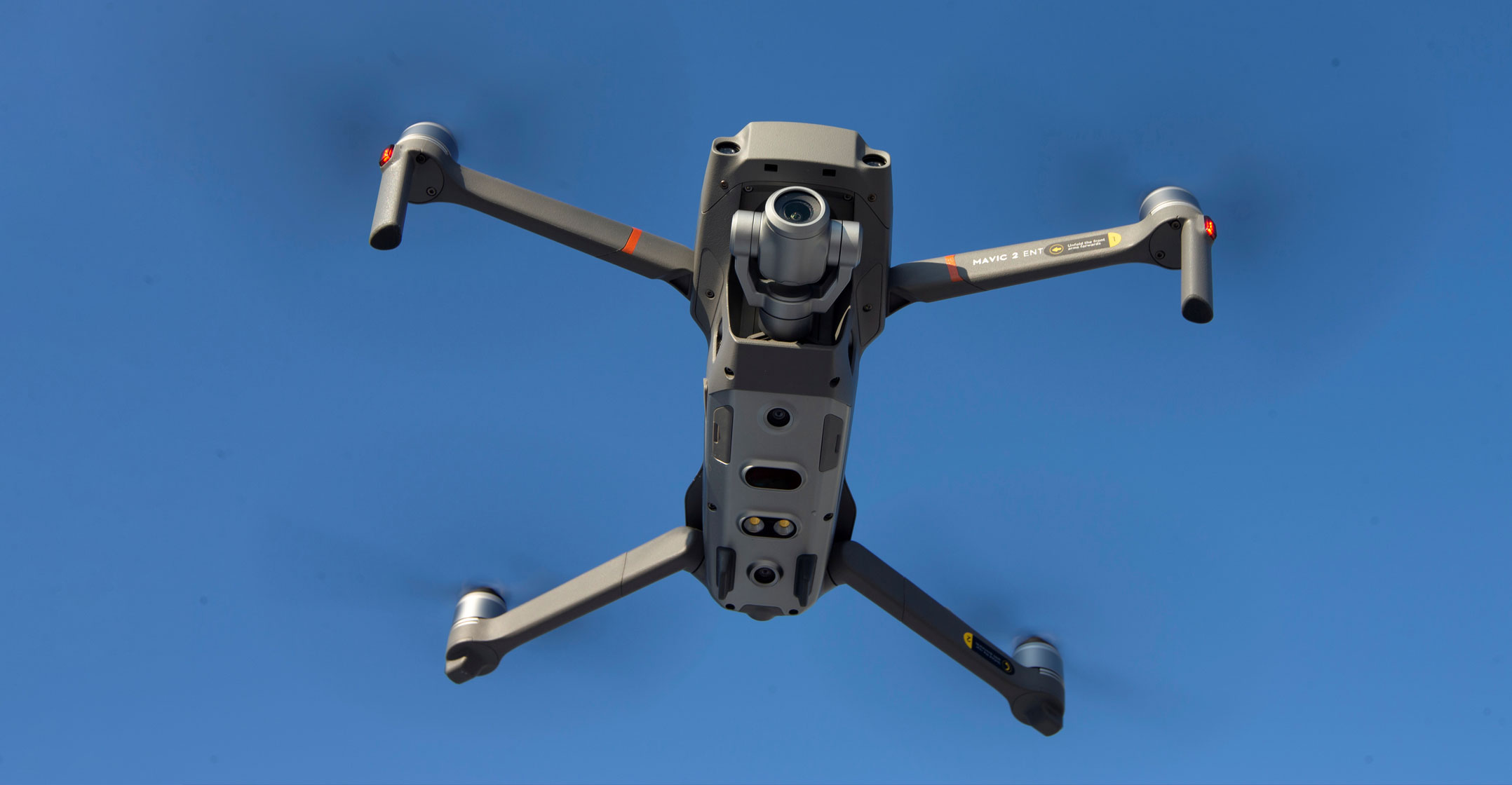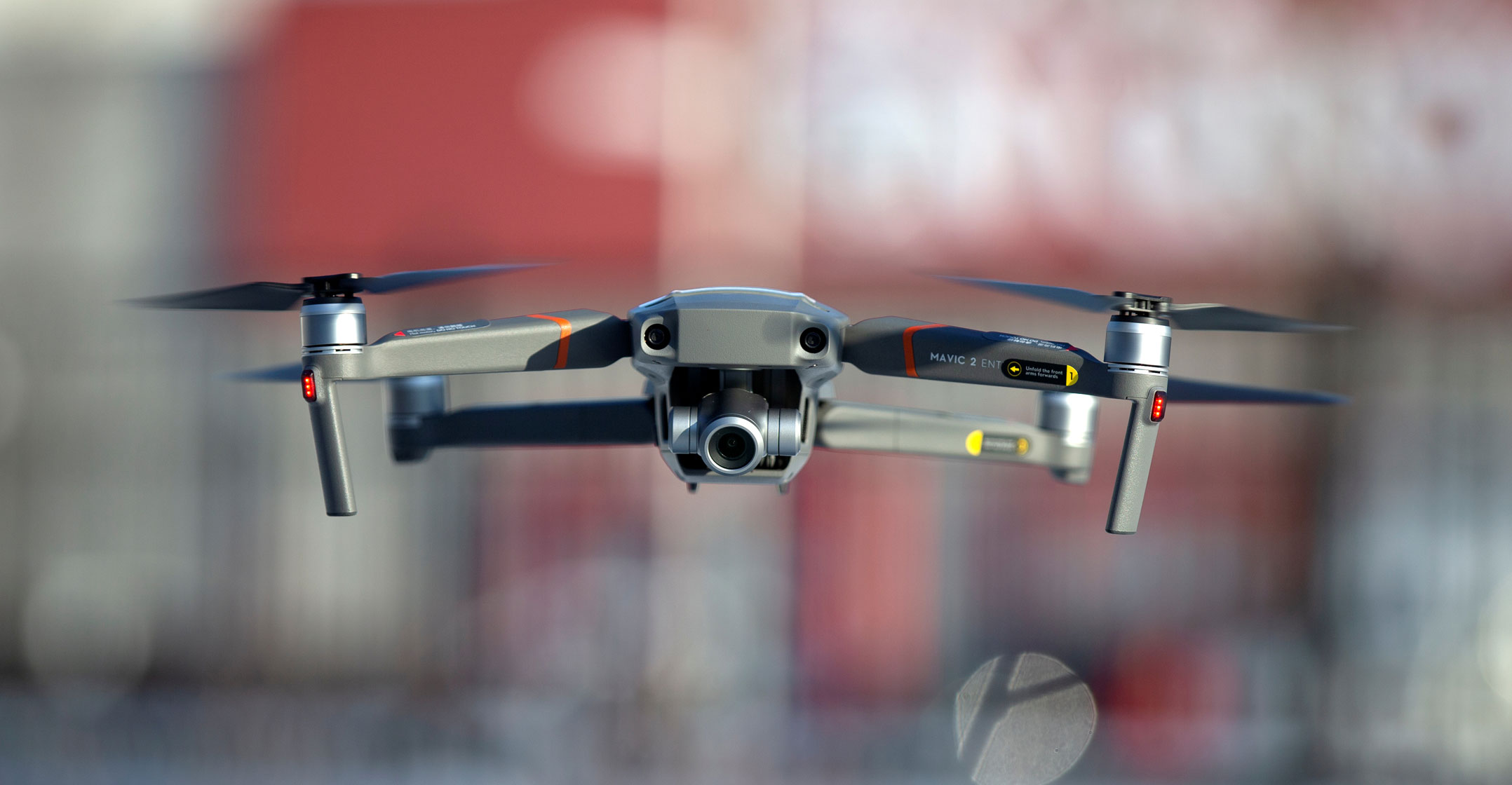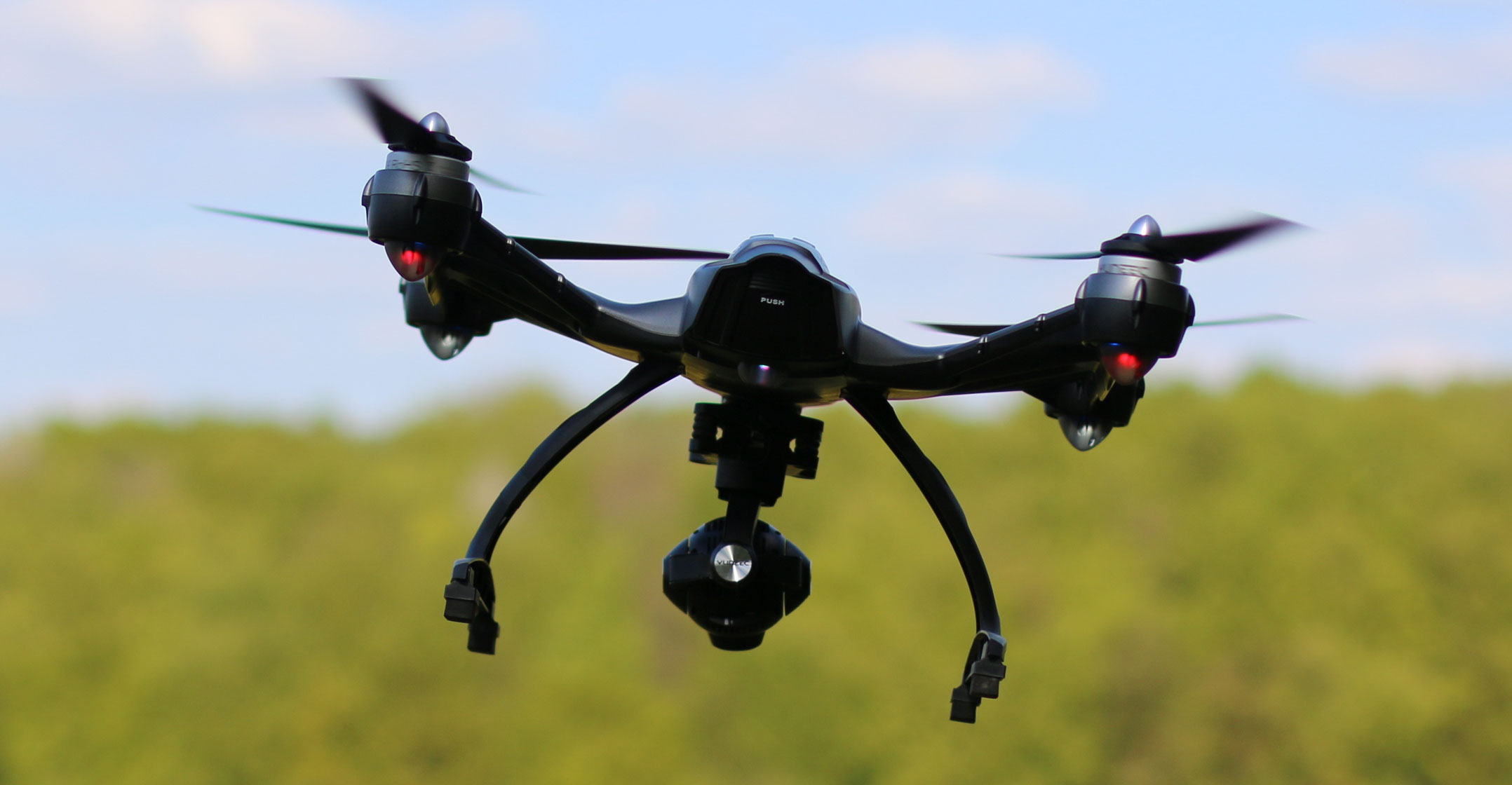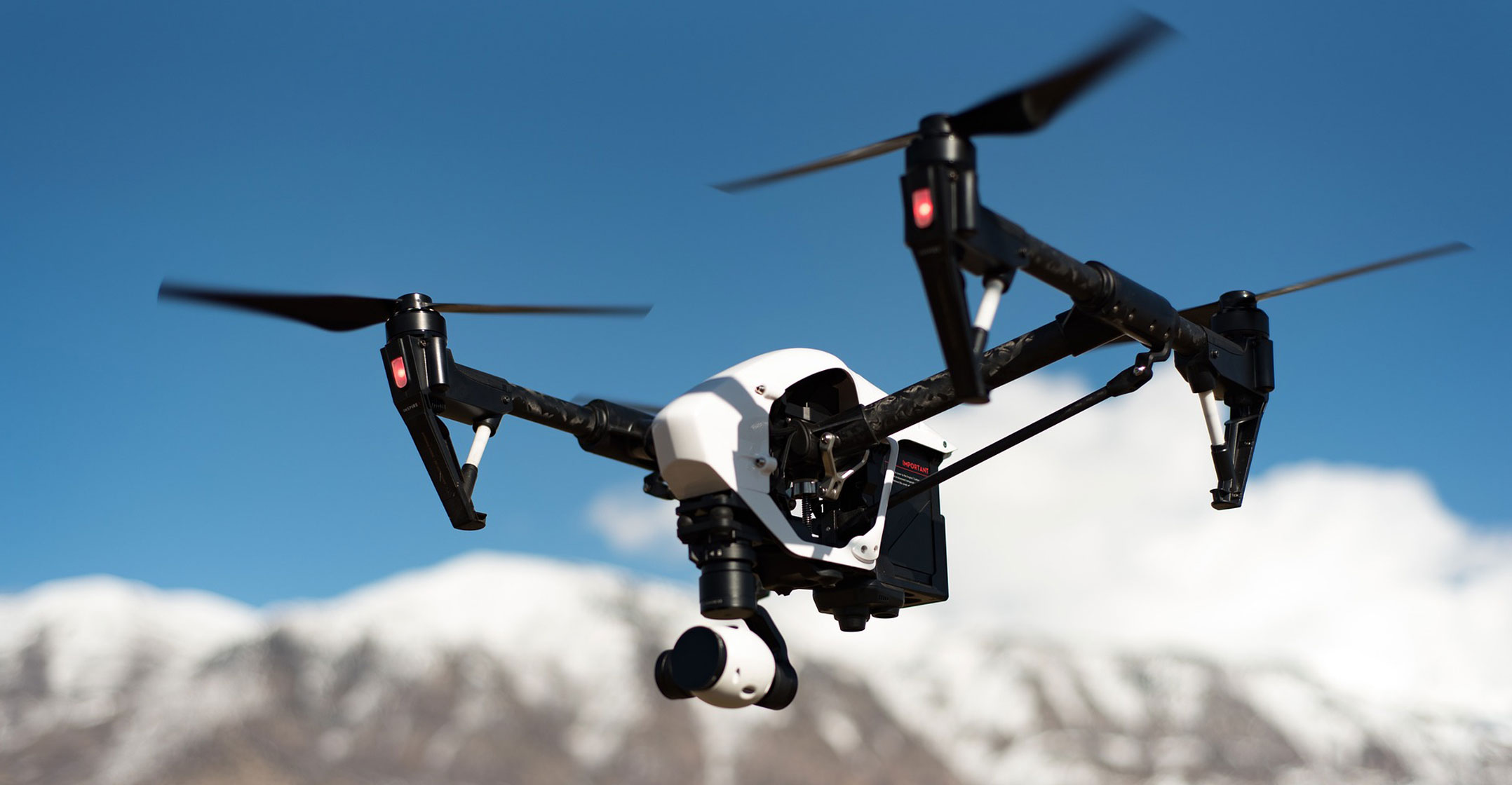 Chinese drone giant DJI Technology built up such a successful US business over the past decade that it almost drove all competitors out of the market.
Chinese drone giant DJI Technology built up such a successful US business over the past decade that it almost drove all competitors out of the market.
Yet its North American operations have been hit by internal ructions in recent weeks and months, with a raft of staff cuts and departures, according to interviews with more than two dozen current and former employees.
The loss of key managers, some of who have joined rivals, has compounded problems caused by US government restrictions on Chinese companies, and raised the once-remote prospect of DJI’s dominance being eroded, said four of the people, including two senior executives who were at the company until late 2020.
About a third of DJI’s 200-strong team in the region was laid off or resigned last year, from offices in Palo Alto, Burbank and New York, according to three former and one current employee.
In February this year, DJI’s head of US R&D left and the company laid off the remaining R&D staff, numbering roughly 10 people, at its flagship US research centre in California’s Palo Alto, four people said.
DJI, founded and run by billionaire Frank Wang, said it made the difficult decision to reduce staffing in Palo Alto to reflect the company’s “evolving needs”.
‘Misleading claims’
“We thank the affected employees for their contributions and remain committed to our customers and partners,” it said, adding that its North American sales were growing strongly.
“Despite misleading claims from competitors, our enterprise customers understand how DJI products provide robust data security. Despite gossip from anonymous sources, DJI is committed to serving the North American market.”
It did not comment on the other US staff departures that current and ex-employees spoke of, although it said last year its global structure was becoming “unwieldy to manage”.
 DJI, which has become a symbol of Chinese innovation since it was founded in 2006, is one of dozens of companies caught in the crossfire of trade and diplomatic hostilities between Washington and Beijing, like Huawei and ByteDance.
DJI, which has become a symbol of Chinese innovation since it was founded in 2006, is one of dozens of companies caught in the crossfire of trade and diplomatic hostilities between Washington and Beijing, like Huawei and ByteDance.
Staff sources and competitors say the company’s brand reach, technical know-how, manufacturing might and sales force mean it won’t lose its crown anytime soon in the multibillion-dollar US and global markets for non-military drones.
But a December order adding the company to the US commerce department’s “Entity List” along with the closure of its R&D operation in California could affect its ability to serve the needs of US customers, according to three former senior executives and two competitors.
The commerce department listing, enacted over allegations including DJI enabled “high-technology surveillance”, prohibits the company from buying or using US technology or components.
The same month, Romeo Durscher, DJI’s US-based head of public safety, who had played a central role in building the company’s business in providing drone technology to non-military US government departments and agencies, left his job.
Durscher, a former Nasa project manager and an influential figure in the drone industry, now works at Swiss company Auterion, a competitor to DJI.
Disheartened
He said he left DJI because he was disheartened by the staff cuts and what he described as internal power struggles between the US team and its China headquarters. He added that the US reorganisation complicated the task in dealing with the fallout from US-China tensions and winning government business.
“It’s not an easy decision to leave the market leader that’s really far ahead of everyone else,” said Durscher, who joined DJI in 2014. “But those internal battles were distracting from the real purpose and in 2020 it got worse … we lost tremendous talent at DJI and that’s very unfortunate.”
Privately held DJI doesn’t publish sales figures. The US department of defence estimated the American non-military market was worth US$4.2-billion last year. Consultancy DroneAnalyst said DJI controlled almost 90% of the consumer market in North America and over 70% of the industrial market.
 The December listing by the commerce department, and the prohibition on buying US parts, may impact the firm’s mobile apps, Web servers and some battery and imaging products, said David Benowitz, head of research at DroneAnalyst and a senior figure with DJI’s enterprise team, which works with industrial customers, in Shenzhen before he left last year.
The December listing by the commerce department, and the prohibition on buying US parts, may impact the firm’s mobile apps, Web servers and some battery and imaging products, said David Benowitz, head of research at DroneAnalyst and a senior figure with DJI’s enterprise team, which works with industrial customers, in Shenzhen before he left last year.
DJI said in December that the ban would not affect US customers’ ability to buy and use its products.
The listing followed other official blows. In October, the US department of the interior said it would only buy drones from companies okayed by the department of defence, which last August published a list of five approved drone suppliers to the federal government — four American and one French.
DJI said there was no “broad-based US government ban on purchasing DJI drones”.
“Congress considered that approach last year and rejected it, because … such a ban would be challenging for many companies and government bodies that rely on drones,” it added.
Benowitz said persisting US-China tensions and the push by Washington to support DJI’s rivals could see the company’s North American market share decline. He added that, while the federal government comprised a relatively small part of DJI’s business, its restrictions could have a “chilling effect”, with other buyers worried about tougher measures in the future. “We’re at a point where there are too many market opportunities for one player to dominate,” he said.
Minnows
Yet he added alternatives to DJI were relative minnows, though both policy support and security concerns over Chinese drones had brought them growth in the last year. Competitors to DJI include France’s Parrot and California-based Skydio.
Chris Roberts, CEO of Parrot Americas, said 2020 had been a significant year for the company in the US, having been named an approved supplier by the defence department and won business from emergency services and security agencies.
Skydio announced $170-million in D-round funding last week and said it had a valuation of over $1-billion.
 “DJI makes good hardware but we are still very early in the market, and very primitive compared to what ultimately should exist,” Skydio CEO Adam Bry said.
“DJI makes good hardware but we are still very early in the market, and very primitive compared to what ultimately should exist,” Skydio CEO Adam Bry said.
When Durscher joined DJI back in 2014, the company’s Phantom series was transforming drones from a niche hobby to a mainstream gadget. He said he was particularly drawn by the chance to bring drones into the kit of fire and rescue departments.
He said the technological advances of smaller rivals in the last year were tempting for some public-safety agencies, who might say “let’s go with this drone now so we don’t have to deal with the data security”.
He added that change could come as government departments and companies looked to replace drone fleets that are nearing the end of their life cycles. A fleet is typically expected to last three to four years, according to Benowitz.
Durscher and several other staff compared DJI’s internal rivalry over projects to Game of Thrones, the TV series where rival factions vie for power. He said this resulted in a rotating door of Shenzhen bosses, and that he reported to 12 different managers in his six years at the company.
Departures
Durscher’s departure from DJI followed those of other key executives in North America last year, including director of business development Cynthia Huang.
Huang, who now works with Durscher at Auterion, said she became increasingly frustrated because she felt DJI wasn’t able to meet all the growing demands of the enterprise market. Additionally, she said, job cuts over the past year added to the reasons she decided to leave. The losses in Palo Alto, Burbank and New York had followed cuts made to DJI’s global sales and marketing teams, which Reuters reported in August.
“Some of the people that we lost in those layoffs, it didn’t make sense,” said Huang, who was hired in 2018 to take the lead in building DJI’s enterprise business in North America. “The continued exodus of talent was discouraging.” — Reported by David Kirton, with additional reporting by Jane Lee, Alexandra Alper and David Shephardson, (c) 2021 Reuters

